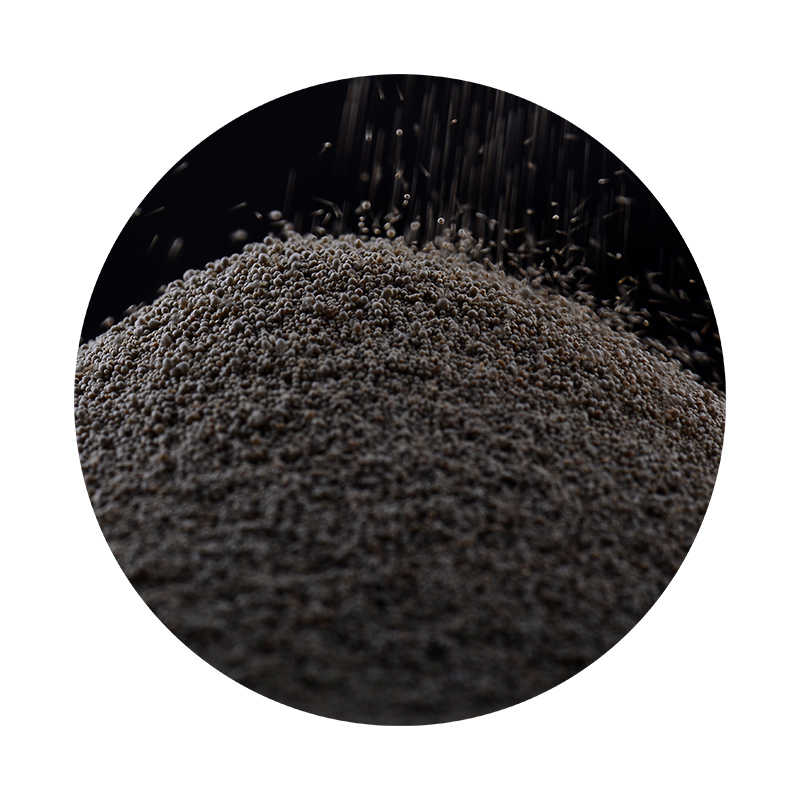Stainless Steel Sand Casting Foundry An Overview
Stainless steel sand casting is a crucial manufacturing process for producing complex metal components used in various industries, including automotive, aerospace, and marine applications
. The inherent qualities of stainless steel, such as its corrosion resistance, high strength, and durability, make it an ideal choice for a wide range of products.In a typical sand casting foundry, sand is used as a mold material to shape the molten stainless steel. The process begins with the creation of a pattern that mimics the final product. This pattern is usually made from metal, plastic, or wood. Once the pattern is prepared, it is placed in a sand mixture composed of silica sand, clay, and water. This mixture is compacted around the pattern to form a mold that captures the intricate details of the design.
One of the primary advantages of sand casting is its versatility. It allows for the production of large and complex parts that may be difficult or impossible to achieve with other manufacturing methods. Additionally, sand casting is cost-effective for low to medium production volumes, making it an attractive option for many manufacturers.
stainless steel sand casting foundry

The melting process involves heating stainless steel in an electric arc furnace or induction furnace until it reaches a liquid state. The molten metal is then carefully poured into the sand mold, where it cools and solidifies to form the desired shape. Once the metal has cooled sufficiently, the sand mold is removed, revealing the cast part.
Post-casting operations are an essential part of the process. These include cleaning, machining, and surface treatment to enhance the final product's features and finish. Heat treatment may also be performed to improve mechanical properties, such as tensile strength and ductility.
Despite its numerous benefits, stainless steel sand casting comes with certain challenges. Issues such as sand grain size, moisture content, and mold integrity can impact the casting quality. Foundries must pay close attention to these factors to minimize defects like porosity, shrinkage, and surface imperfections.
In conclusion, stainless steel sand casting foundries play a pivotal role in modern manufacturing, providing high-quality components that meet the demanding standards of various industries. As technology advances, the processes and materials used in sand casting continue to evolve, enhancing efficiency and product quality. The combination of stainless steel's inherent properties and the adaptability of sand casting ensures that this method remains a vital player in the manufacturing landscape.
Post time:Hyd . 13, 2024 20:58
Next:Innovative Techniques in 3D Printing for Sand Casting Applications
